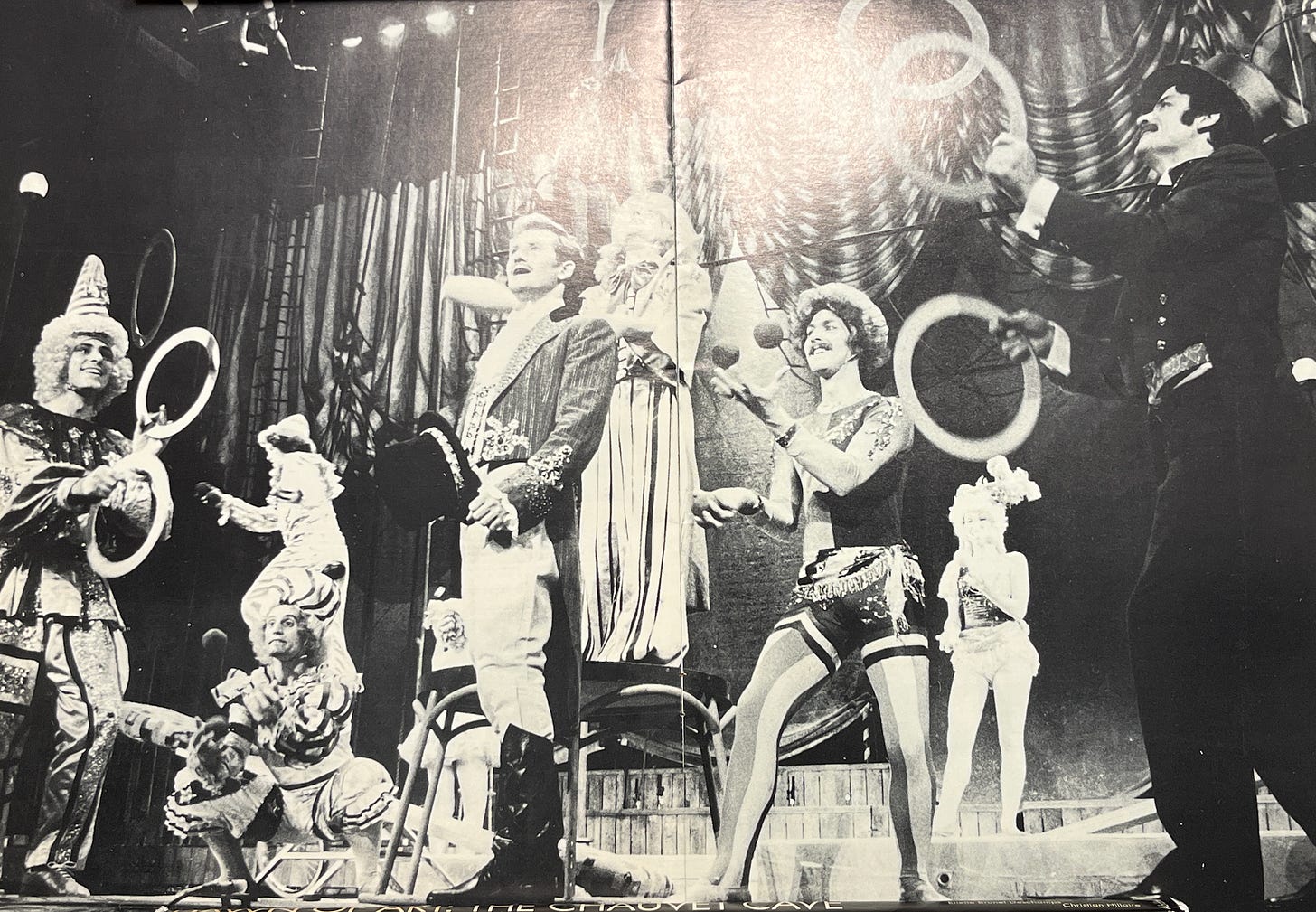My First Time On Stage as a Professional Actor
It did not go as planned
If you’ve been subscribed to Honestly Human for a while you probably like engaging with personal stories. I’ve shared more than one-hundred and thirty original stories so far in this publication. Many of you would argue with me if I suggested that you have just as many stories to tell. Most people w…
Keep reading with a 7-day free trial
Subscribe to Honestly Human to keep reading this post and get 7 days of free access to the full post archives.



